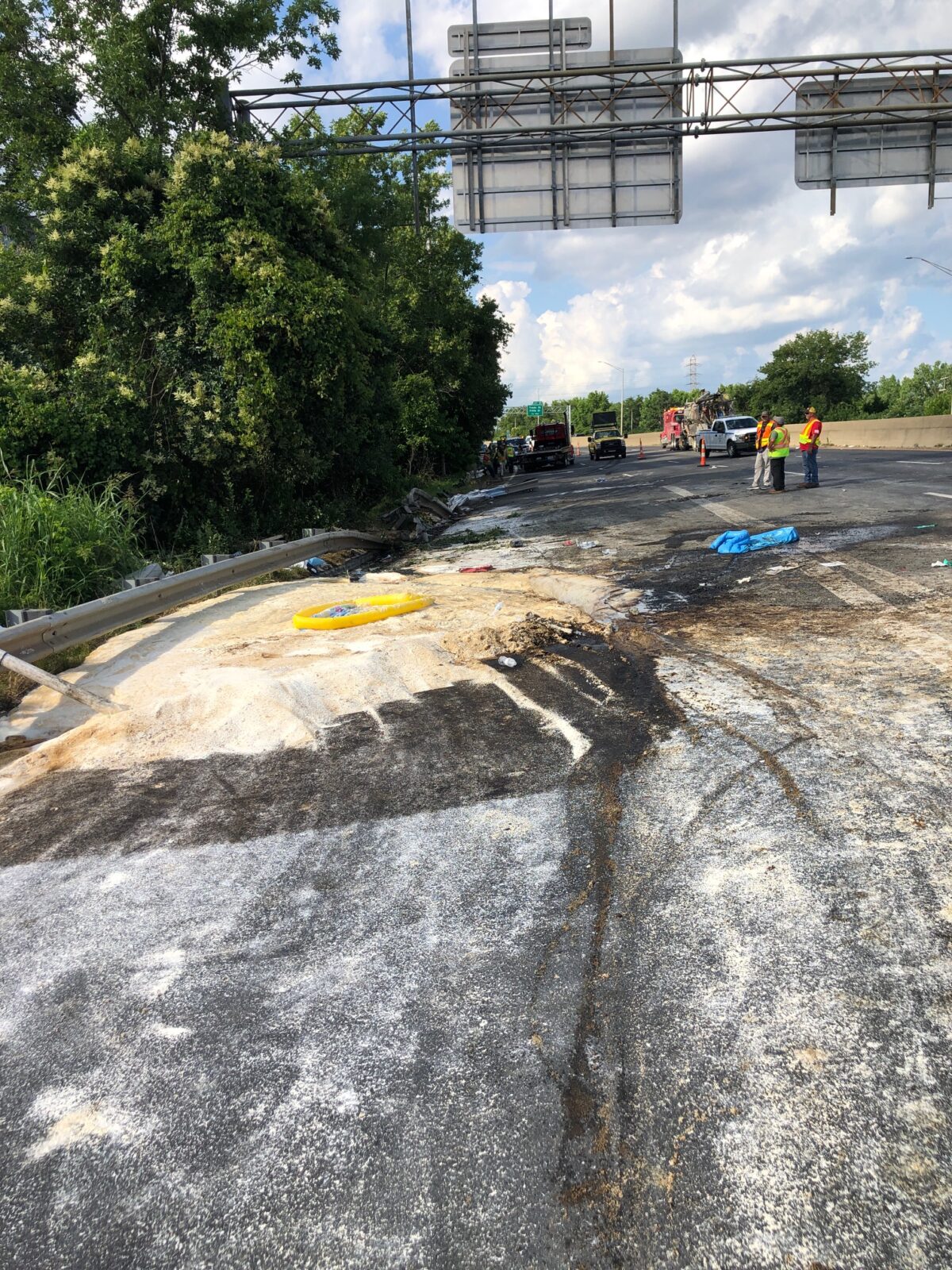
Oil and gas spills are among the most hazardous environmental disasters, with devastating effects on ecosystems, wildlife, and human health. These spills occur due to accidents during drilling, transportation, or storage, leading to widespread contamination. The consequences can persist for years, impacting both marine and terrestrial environments.
Impact on Marine Ecosystems
One of the most visible consequences of oil spills is the destruction of marine ecosystems. When oil is released into the ocean, it spreads quickly, creating an oil slick that suffocates marine life. Birds, fish, and marine mammals can suffer from exposure to toxic substances, leading to long-term health issues or death. Oil also damages coral reefs and disrupts the food chain, affecting species that rely on clean water for survival.
Soil and Water Contamination
Oil and gas spills on land can contaminate soil and groundwater, making the land infertile and unsafe for agricultural use. Chemicals from spills seep into the ground, poisoning water sources used by both humans and wildlife. Groundwater contamination can persist for decades, posing serious health risks to communities relying on wells for drinking water.
Air Pollution and Climate Impact
The volatile organic compounds (VOCs) released during oil spills contribute to air pollution and greenhouse gas emissions. These emissions can cause respiratory problems in humans and animals while exacerbating climate change. Burning spilled oil as a cleanup method also releases harmful toxins into the atmosphere, worsening air quality.
Threat to Wildlife
Wildlife is severely affected by oil spills, with many species experiencing direct exposure to toxic chemicals. Birds lose their ability to fly when their feathers are coated in oil, making them vulnerable to predators and starvation. Marine mammals, such as seals and dolphins, suffer from skin and respiratory problems. Many animals die from ingestion of contaminated water and prey.
Economic and Social Consequences
Communities that rely on fishing and tourism often experience severe economic losses following an oil or gas spill. Fishing industries suffer as marine life is depleted, and contaminated water bodies become unsafe for recreation. Cleanup efforts are costly and time-consuming, sometimes taking years to restore affected areas to their original state.
Mitigation and Prevention
To prevent and mitigate the effects of oil and gas spills, strict regulations and rapid response strategies are necessary. Technologies such as containment booms, skimmers, and bioremediation help manage spills and reduce environmental damage. Investing in safer drilling and transportation methods can also minimize the risk of future spills.
Conclusion
Oil and gas spills have far-reaching consequences that affect ecosystems, wildlife, and human populations. The damage to marine and terrestrial environments highlights the need for stringent safety measures and effective spill response strategies. Protecting natural resources and ensuring sustainable practices are crucial in reducing the impact of these environmental disasters.
Over the past two decades, North and South Carolina have experienced several significant fuel and coal ash spills, impacting the environment and prompting extensive cleanup efforts. Below is an overview of notable incidents:
On August 14, 2020, a substantial gasoline leak was discovered in the Oehler Nature Preserve near Huntersville. The spill originated from the Colonial Pipeline, the largest fuel pipeline system in the United States, stretching from Texas to New Jersey. Initially, the Colonial Pipeline Company estimated the leak at about 63,000 gallons. However, by July 2022, this estimate had escalated to approximately 2 million gallons, making it one of the largest gasoline spills in U.S. history. The cause was identified as a crack in a repair sleeve from a 2004 maintenance operation. The cleanup is ongoing and is expected to continue for several years.
In September 2016, a leak in the Colonial Pipeline in Shelby County, Alabama, spilled an estimated 252,000 gallons of gasoline, leading to a partial shutdown and fuel shortages in the southeastern United States, including the Carolinas. Subsequently, on October 31, 2016, a mainline explosion occurred during repair operations, resulting in fatalities and further disruptions.
On February 2, 2014, a drainage pipe burst at a coal ash containment pond owned by Duke Energy in Eden, North Carolina. This incident released 39,000 tons of coal ash and 27 million gallons of wastewater into the Dan River. The spill deposited ash up to 70 miles downstream, introducing harmful metals and chemicals into the ecosystem. Cleanup efforts have been ongoing, with Duke Energy committing significant resources to address the environmental impact.
In September 2018, Hurricane Florence caused a dam failure near Wilmington, leading to the leakage of coal ash into the Cape Fear River. The coal ash originated from storage areas operated by Duke Energy. Contaminants from the ash raised concerns about water quality, though long-term testing is ongoing. Cleanup efforts involved skimming the ash from the water surface, with Duke Energy leading the response.
In 1996, the Colonial Pipeline experienced a rupture near the Reedy River in South Carolina, releasing nearly one million gallons of diesel fuel. This spill caused extensive environmental damage, contaminating the river and surrounding ecosystems. It stands as one of the worst natural disasters in South Carolina’s history.
These incidents highlight the environmental risks associated with fuel and coal ash storage and transportation in the Carolinas. They underscore the importance of stringent safety measures, regular maintenance, and prompt response strategies to mitigate the impact of such spills on the environment and public health.